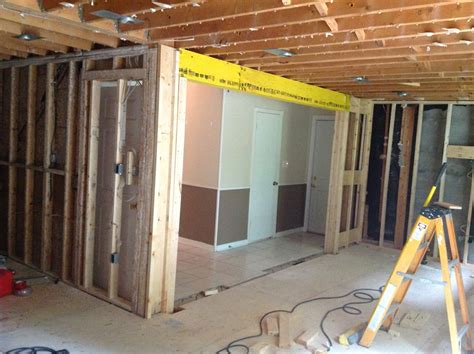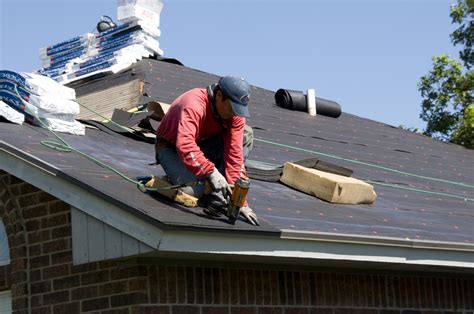
Introduction
When considering making changes to the layout of your home or performing renovations, it’s crucial to identify load-bearing walls correctly. Load-bearing walls are integral to the structural stability of a building, carrying the weight of the roof and upper floors. In this article, we will explore various methods to determine if a wall is load-bearing or not, providing you with the knowledge you need to make informed decisions about your home.
Is the Wall Parallel or Perpendicular to Joists?
One method to assess if a wall is load-bearing is by examining its alignment with the floor joists. Load-bearing walls often run parallel to the joists and are responsible for transferring the weight of the structure to the foundation. Walls that are perpendicular to the joists are less likely to be load-bearing, as they usually serve a partitioning or dividing function.
Is a Partial Wall Load-Bearing?
Sometimes, you may encounter partial walls or short sections of walls within a larger room. These partial walls may or may not be load-bearing. To determine their load-bearing status, it is crucial to consult the original building plans or seek professional advice. Structural engineers or experienced contractors can assess the wall’s role in supporting the structure and provide guidance.
Is an Exterior Wall Load-Bearing?
In most cases, exterior walls are load-bearing as they provide support to the roof and upper floors. However, there can be exceptions in certain architectural designs. If you are unsure whether an exterior wall is load-bearing or not, it is best to consult a structural engineer or a qualified professional to evaluate the specific characteristics of your home.
Is It a Masonry Wall?
Masonry walls, such as those made of brick or concrete, have a higher likelihood of being load-bearing due to their inherent strength. These walls are often designed to bear significant loads and provide structural support. If you encounter a masonry wall, it is essential to proceed with caution and seek professional advice to determine its load-bearing status.
Is There a Support Structure Below the Wall?
Examining the area beneath the wall can provide valuable insights into its load-bearing nature. If the wall sits directly above a beam, column, or support structure, it is more likely to be load-bearing. These supporting elements help distribute the weight from above to the foundation. However, if the wall does not have a corresponding support structure below it, it may be non-load-bearing or serve a decorative purpose.
FAQs about Load-Bearing Walls
1. Can I remove a load-bearing wall myself?
Removing a load-bearing wall is a complex task that requires careful planning and professional expertise. It is not recommended for inexperienced individuals to attempt removing load-bearing walls without consulting a structural engineer or qualified contractor. They can assess the structural implications, propose suitable alternatives, and ensure the integrity of your home remains intact.
2. How can I confirm the load-bearing status of a wall?
If you are unsure about the load-bearing status of a wall, it is best to consult a professional. A structural engineer or a qualified contractor can conduct a thorough evaluation, considering factors such as the building’s blueprints, structural design, and on-site inspections to determine if the wall is load-bearing or not.
3. Can I modify a load-bearing wall?
Modifying a load-bearing wall requires careful planning
and engineering considerations. In many cases, it is possible to make modifications while maintaining the structural integrity of the building. However, it is crucial to consult a structural engineer or a qualified contractor to assess the feasibility of the modifications and ensure proper reinforcement or alternative support systems are implemented.
Conclusion
Identifying load-bearing walls is a crucial step when considering renovations or modifications to your home. While this article provides some guidelines to help you determine the load-bearing status of a wall, it is always recommended to consult professionals, such as structural engineers or experienced contractors, for an accurate assessment. Their expertise will ensure the safety and structural integrity of your home throughout any renovation process.






